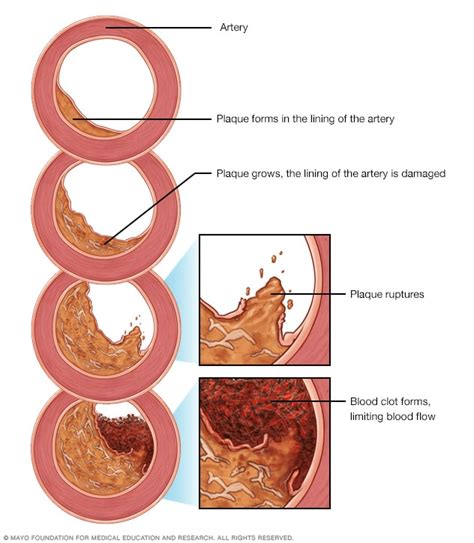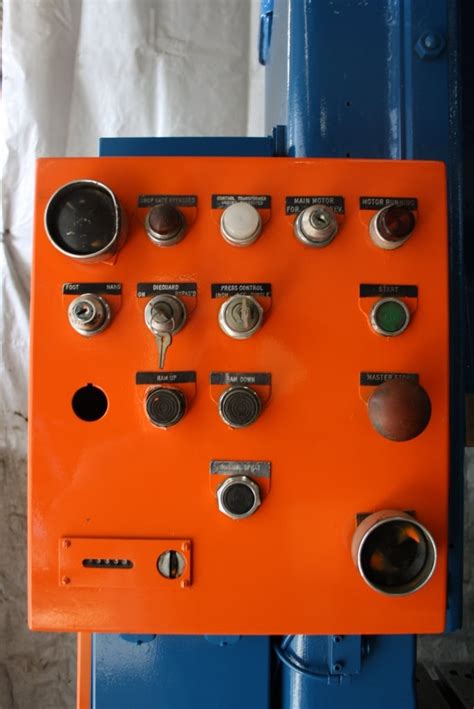Intro
Discover how atherosclerosis impacts the aortas health. Learn about the 5 ways plaque buildup affects the aorta, including increased risk of aortic aneurysms, aortic stenosis, and cardiac complications. Understand the symptoms, causes, and treatment options for atherosclerosis-related aortic diseases, and take control of your cardiovascular well-being.
Atherosclerosis is a condition characterized by the buildup of plaque in the arteries, which can lead to serious health complications if left untreated. The aorta, being the largest artery in the body, is particularly susceptible to the effects of atherosclerosis. In this article, we will explore the five ways atherosclerosis affects the aorta and what it means for your overall health.
The aorta plays a crucial role in supplying oxygenated blood to the entire body. It originates from the left ventricle of the heart and branches off into smaller arteries that reach various organs and tissues. However, when atherosclerosis sets in, the aorta's ability to function properly is compromised, leading to a range of consequences.

1. Reduced Blood Flow
One of the primary ways atherosclerosis affects the aorta is by reducing blood flow to the rest of the body. As plaque builds up in the aortic walls, it narrows the passageway for blood to flow through, leading to decreased blood pressure and reduced oxygenation of tissues. This can cause symptoms such as fatigue, shortness of breath, and dizziness.
Impact on Organs and Tissues
The reduced blood flow caused by atherosclerosis can have far-reaching consequences for various organs and tissues. For example:
- The brain may experience decreased cognitive function, memory loss, and increased risk of stroke.
- The heart may suffer from decreased blood supply, leading to angina, heart failure, or even heart attack.
- The kidneys may experience decreased function, leading to chronic kidney disease or kidney failure.
- The limbs may experience decreased blood flow, leading to peripheral artery disease, pain, and numbness.
2. Increased Risk of Aneurysm
Atherosclerosis can also lead to the formation of an aneurysm in the aorta. An aneurysm is a balloon-like bulge in the arterial wall that can rupture and cause catastrophic bleeding. The risk of aneurysm is higher in people with atherosclerosis due to the weakening of the aortic walls.

Symptoms and Complications
Aneurysms can be asymptomatic, but if they rupture, it can lead to severe symptoms, including:
- Severe abdominal or back pain
- Rapid heartbeat
- Shortness of breath
- Dizziness or fainting
- Numbness or weakness in the legs
3. Increased Risk of Aortic Dissection
Aortic dissection is a condition where the inner layer of the aorta tears, causing blood to flow between the layers of the aortic wall. This can lead to aortic rupture and even death. Atherosclerosis increases the risk of aortic dissection by weakening the aortic walls.
Risk Factors and Symptoms
Risk factors for aortic dissection include:
- High blood pressure
- Atherosclerosis
- Family history of aortic dissection
- Certain genetic conditions
Symptoms of aortic dissection may include:
- Severe chest or back pain
- Shortness of breath
- Dizziness or fainting
- Numbness or weakness in the legs
4. Increased Risk of Heart Failure
Atherosclerosis can also lead to heart failure by reducing blood flow to the heart muscle itself. This can cause the heart to work harder, leading to fatigue, shortness of breath, and swelling in the legs.

Symptoms and Complications
Symptoms of heart failure may include:
- Shortness of breath
- Fatigue
- Swelling in the legs, ankles, or feet
- Rapid heartbeat
- Coughing up pink, frothy mucus
5. Increased Risk of Stroke and TIA
Finally, atherosclerosis can increase the risk of stroke and transient ischemic attack (TIA) by reducing blood flow to the brain. A stroke occurs when the blood supply to the brain is interrupted, either due to a blockage or a rupture of the blood vessels.
Symptoms and Complications
Symptoms of stroke may include:
- Sudden weakness or numbness in the face, arm, or leg
- Sudden confusion or trouble speaking
- Sudden trouble seeing in one or both eyes
- Sudden trouble walking, dizziness, or loss of balance
- Sudden severe headache with no known cause

In conclusion, atherosclerosis can have far-reaching consequences for the aorta and overall health. It is essential to manage risk factors, such as high blood pressure, high cholesterol, and smoking, to prevent the development of atherosclerosis.
If you have any questions or concerns about atherosclerosis or its effects on the aorta, please don't hesitate to reach out to your healthcare provider.
What is atherosclerosis?
+Atherosclerosis is a condition characterized by the buildup of plaque in the arteries, leading to reduced blood flow and increased risk of heart attack, stroke, and other cardiovascular diseases.
What are the symptoms of aortic dissection?
+Symptoms of aortic dissection may include severe chest or back pain, shortness of breath, dizziness or fainting, and numbness or weakness in the legs.
How can I prevent atherosclerosis?
+To prevent atherosclerosis, it is essential to manage risk factors, such as high blood pressure, high cholesterol, and smoking. Regular exercise, a balanced diet, and stress management can also help reduce the risk of developing atherosclerosis.
